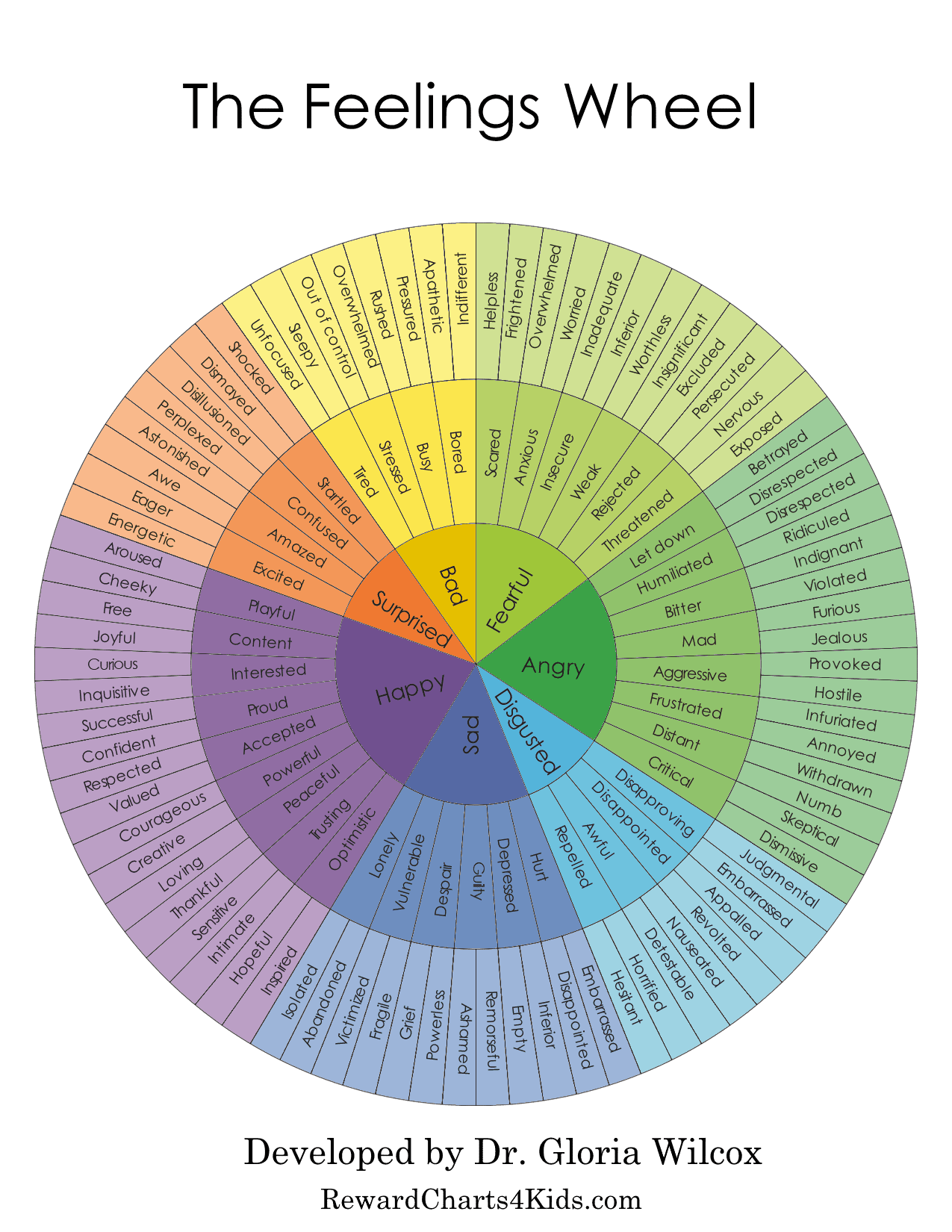The Cycle of Pain (and How to End it)
Nobody likes to be in pain. It can be uncomfortable, it can be overwhelming, and it just all-around stinks. And when we feel pain, we react. And different types of pain can elicit different types of outcomes.
Let’s start with a simple example: you weren’t invited to a friend’s party. You saw the posts on social media and you now feel rejected. Being rejected goes against our natural survival pack instincts as humans. And feeling removed can trigger extremely stressful feelings. So now, your emotions are running high and you want to act. You might:
Angrily lash out
Never talk to that friend again
Send passive-aggressive messages
Shut down when you are with them next
Your pain has now created an action. You felt rejection and now you’ve decided to ignore your friend (aka stonewalling).
Your friend now feels hurt by your actions. They might have only invited one social circle to the party and not others or it might have been another person’s party so they didn’t feel comfortable inviting anyone else. They might not understand why you are now ignoring them or ghosting them. So now, this pain will create an action. The friend will:
Give up on the relationship because they don’t understand what went wrong
Get angry and say hurtful comments
Talk about you with other people to make you look bad.
Now we’re back to square one, pain. They have now told their friends you are unreasonable for ignoring them. So now you feel rejected, angry, etc. all over again.
It’s a vicious cycle. Someone hurts you > you feel pain > you act out > that someone gets hurt > they act out > they hurt you again.
When you are in relationships (any kind from romantic to familial), you’ll find yourself being hurt. Someone said something they didn’t mean, someone forgot a special event, etc. You can easily find yourself in this pain cycle going around and around and around.
However, the good news is that you can stop the pain cycle. The hard news, it takes a lot of practice to break it, but it can be done with patience and self-awareness. Here’s how to break that pain cycle.
Name Your Emotions
Recognize your emotions when you are hurt. Give them a name. This Feelings Wheel, created by Dr. Gloria Wilcox, can help you determine what emotions you are actually feeling. Are you feeling guilty? Embarrassed? Abandoned? Describing the emotion in more detail will help you understand it more. Are you afraid? Or are you really feeling worthless? Once you know what it is you’re feeling, you’ll be able to address it with more deliberate actions.
Recognize It’s Ok To Feel
You might feel guilt over what you are feeling. You might even try to rationalize the emotions away (this just shoves those pesky emotions down even further). However, you can’t control your initial emotions about something so do not feel shame for having emotions. What you can control is your response. So give yourself a lot grace and patience when feeling big or small emotions.
Start to Understand Your Behavior Patterns
When you start to nail down your specific emotions, you’ll find triggers and patterns in yourself and others. Your spouse saying ‘you’re crazy’ might be triggering. It makes you feel disrespected and so you yell hurtful comments in response. And then, realizing your patterns, you might start to see your spouse says hurtful things when they’re feeling stressed.
Your mom might send you a passive-aggressive text message about never coming over. This makes you feel guilty, and then you send a message dripping with sarcasm, hurting her feelings even further. And then, you might start to see a trend where she sends those messages when she is feeling lonely, especially on special days that mean something to her.
Tracking your behavioral patterns will help you identify what your triggers are, and what your response reflexes are.
Identify Your Key Values
Determining what is important in your life is crucial to establishing healthy boundaries for your specific needs. When you are working through your behavior patterns, you might recognize that you get more hurt when your values are ignored by others. In order to find your key values, ask yourself these questions:
What do you consider most important in life?
What do you feel gives your life meaning and purpose?
What makes you happiest, most satisfied, and most fulfilled?
Apply Empathy
Now that you’ve named your emotion, found your patterns, and identified your values, it’s time to use empathy when understanding an action. Did someone yell at you? Maybe they had a stressful day. Did someone forget your birthday? Maybe they are going through something you don’t know about. Did someone say something mean? They might not have known those words would hurt you. Apply the knowledge that most people are not malicious and wanting to do you harm; at the very least, they might be selfish or in survival mode. Think about their actions towards you through an empathetic lens and you have the power to change the narrative. You might still feel hurt, but your actions will be built with patience, communication, and understanding.
Communicate, With Tenderness
You feel a certain way. And it’s tough to manage those emotions. But take a breath, apply empathy, and communicate your pain without using blaming language or spiteful comments. Instead of, ‘You made me feel betrayed’, you can phrase it, ‘When you left this morning without saying goodbye, it made me feel betrayed. This is a trigger for me. Would you, next time, say goodbye before you leave? That would make me feel special”. When you communicate in a non-blaming, calm way, you’ve just started to heal your pain cycle. Now, you can’t control the actions of others, but you took the steps to heal the pain cycle for yourself instead of managing your pain with unhealthy habits (scorekeeping, stonewalling, outbursts, etc).
Relationships take time and work. So take the time to evaluate your own pain cycle when a hurt arises. When you take steps to heal this cycle, you’ll be rewarded with a deeper sense of intimacy and vulnerability.


